Keeping surfaces clean is more than just a visual need—it’s about safety, especially in a world shaped by pandemics.
Cleaning wipes1 remove dirt. Sanitizing wipes2 reduce bacteria. Disinfecting wipes3 kill viruses and bacteria. Each has a unique role and using the wrong one may be ineffective or dangerous.
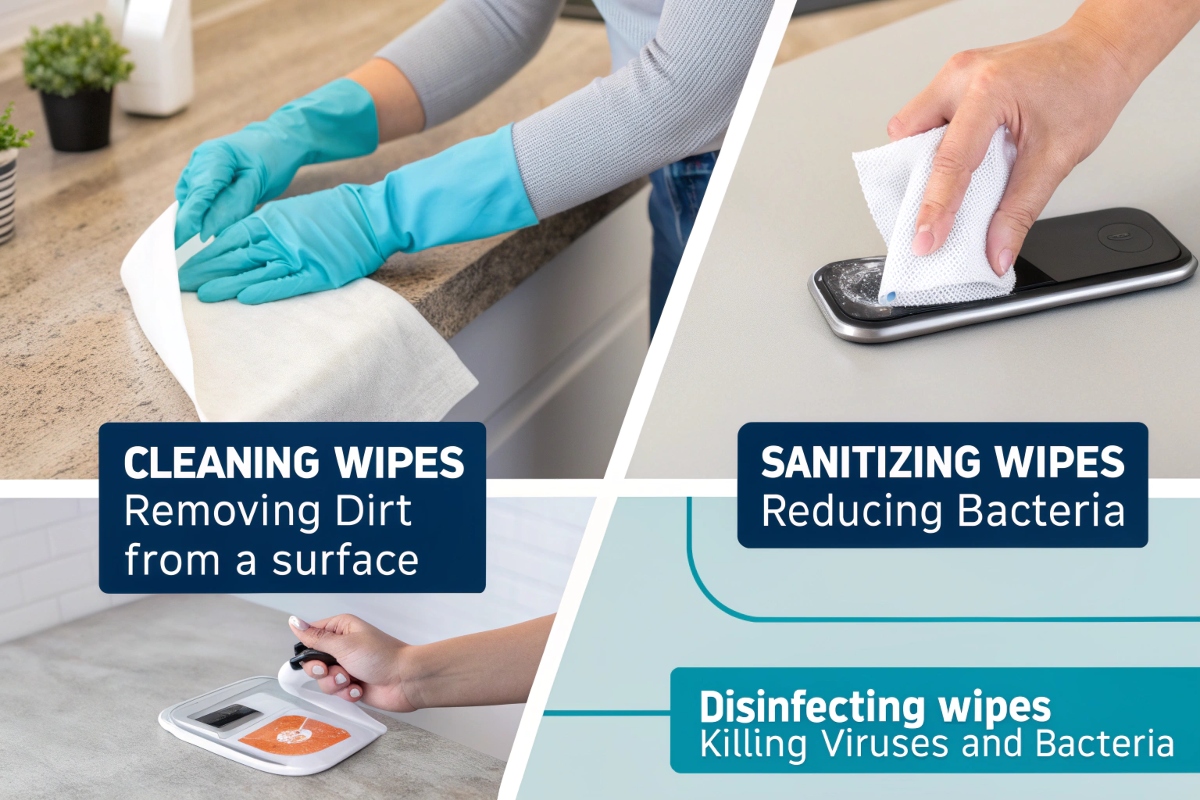
Understanding these differences can prevent outbreaks, reduce liability, and protect vulnerable people. The wrong product in the wrong setting may cause more harm than good. This guide helps you make confident, science-backed decisions.
What is the difference between cleaning, sanitizing and disinfecting wipes?
Surface hygiene seems simple—but misusing products leads to poor results or even health hazards.
Cleaning wipes remove visible dirt. Sanitizing wipes reduce bacteria. Disinfecting wipes kill a broad spectrum of pathogens with chemical agents.
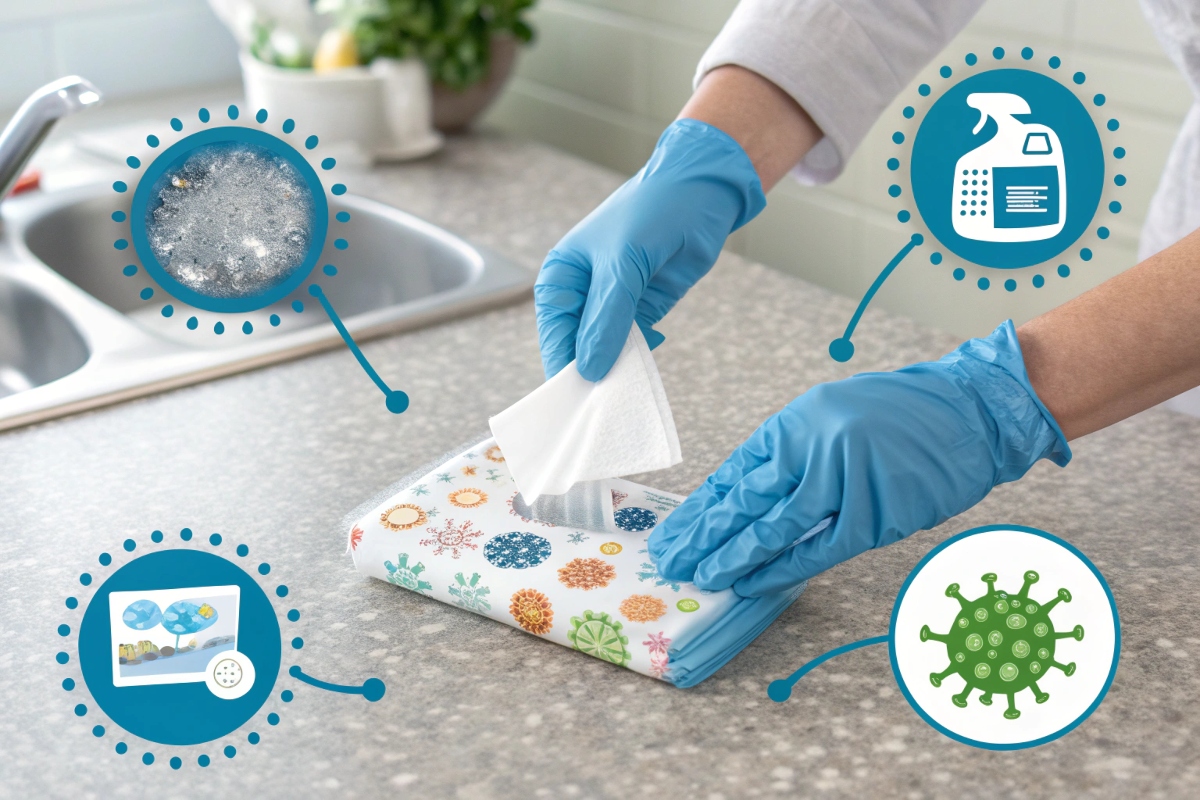
| Feature | Cleaning Wipes | Sanitizing Wipes | Disinfecting Wipes |
|---|---|---|---|
| Target | Dirt, soil, debris | Bacteria (some viruses) | Viruses, bacteria |
| Main Action | Physical removal | Bacterial reduction | Pathogen elimination |
| Chemicals Needed | Often none | Mild biocides | EPA-registered disinfectants |
| Use Cases | Daily surface cleaning | Food contact surfaces | Hospitals, infection control |
| Regulated By | Usually unregulated | EPA (USA), FSANZ (AU/NZ) | EPA, FDA (for medical use) |
Choosing the right wipe starts with understanding what you’re up against. Let’s take a closer look at each category.
What are cleaning wipes and when should I use them?
People assume cleaning wipes kill germs—but many only wipe them away.
Cleaning wipes remove dust, dirt, and grime. They are ideal for general-purpose use but don’t kill germs unless combined with disinfectants.
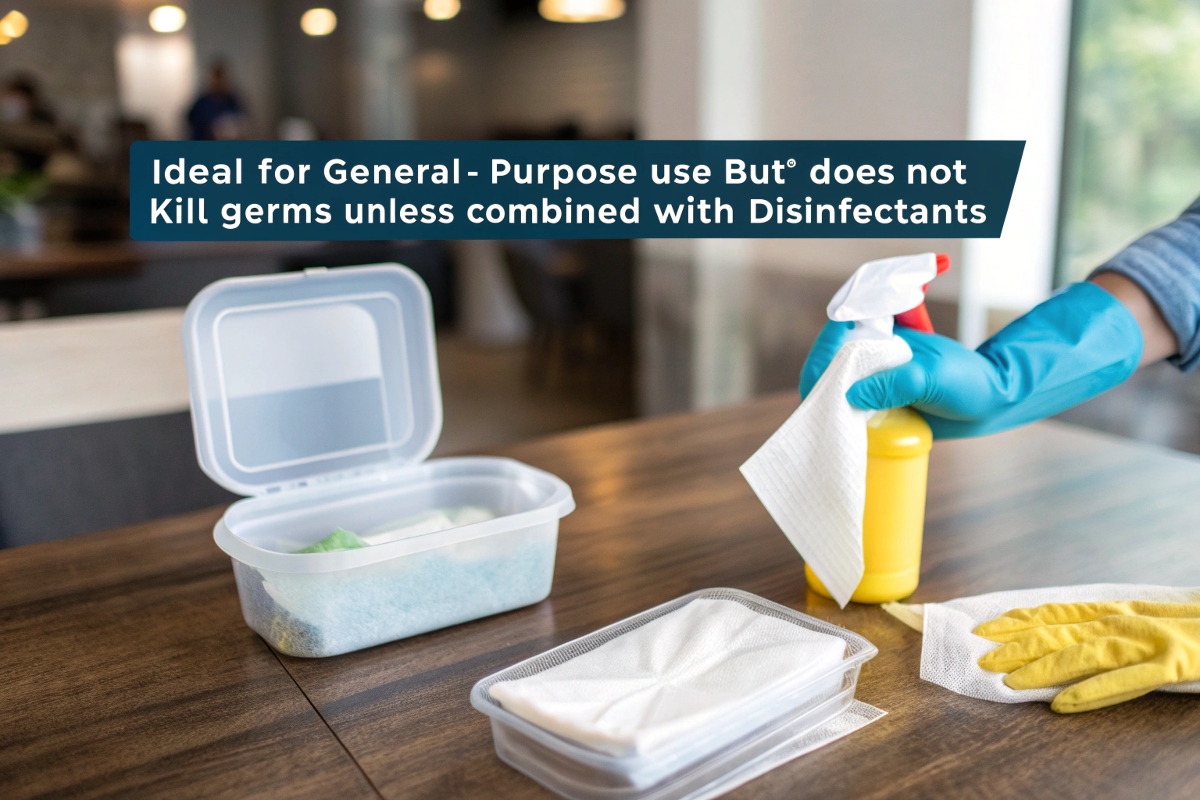
Cleaning Wipes
Cleaning wipes are primarily designed to lift and remove soils from surfaces. Their effectiveness relies on mechanical action—the friction created when wiping—to trap dirt within the wipe fibers. Some wipes may contain mild surfactants to help break up oily residues, but they are not formulated to reduce or kill microbial populations.
They’re best used in homes, offices, and light commercial settings where visible cleanliness is the goal. However, they can be misleading. Many users assume that if a surface looks clean, it’s also free of germs. That’s not true. A countertop cleaned with a dry or mildly soapy wipe may still carry pathogens.
Cleaning is always the first step before sanitizing or disinfecting. Without removing debris, disinfectants may not penetrate or adhere properly. So, cleaning wipes are crucial—but they are not a substitute for disinfection in high-risk environments.
Are sanitizing wipes enough to kill viruses?
Sanitizing wipes are often mistaken for disinfectants—but they’re not as powerful.
Sanitizing wipes lower the number of bacteria on surfaces, but most do not kill viruses unless specifically formulated and tested.
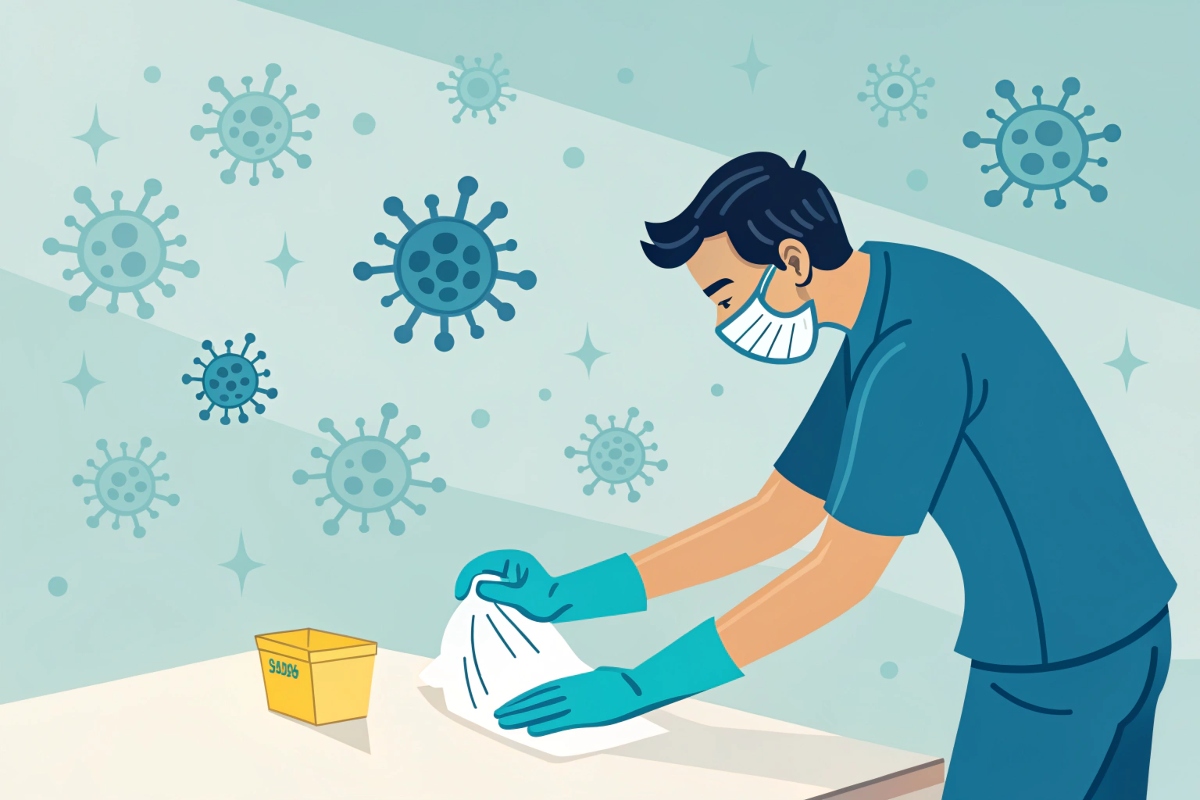
Sanitizing Wipes
Sanitizing wipes meet regulatory standards for reducing bacterial load to safe levels. In the U.S., these wipes must meet EPA requirements for use on non-food surfaces or USDA/FDA rules for food contact sanitization. In many cases, manufacturers must demonstrate a 99.9% reduction of specific bacterial strains4 within a short contact time, often 30 seconds.
But here’s the catch—most sanitizers are not tested against viruses unless specifically labeled. That means for things like norovirus or SARS-CoV-2, they may not be effective.
Sanitizing wipes are excellent for cafeterias, restaurants, and kitchen areas where cross-contamination risks are high. They’re fast-acting and often food-safe. However, check the label carefully. You need to know which pathogens the product is effective against and what contact time is required to reach that effectiveness.
When do I need disinfecting wipes?
Disinfecting wipes are essential in places where germs must be completely killed—not just reduced.
Disinfecting wipes kill both bacteria and viruses, including COVID-19 and norovirus, but only when used correctly and with proper contact time.
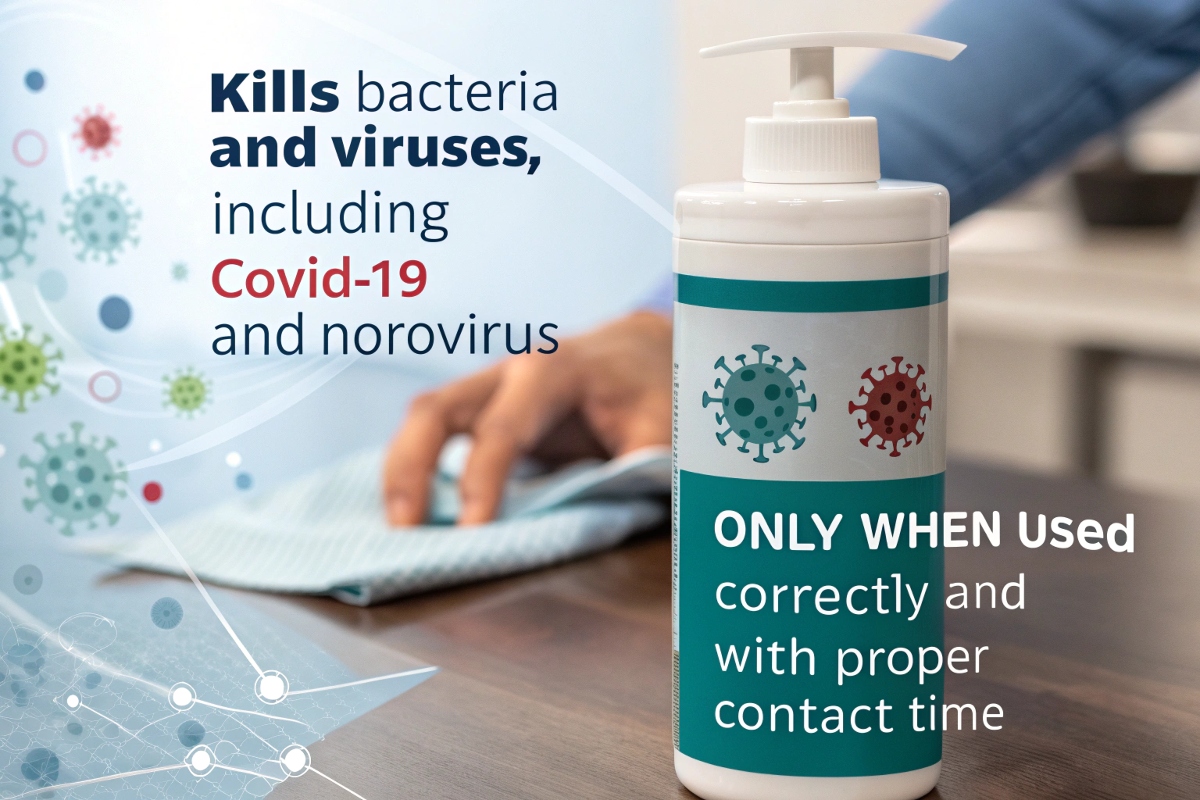
Disinfecting Wipes
Disinfectants are regulated by the EPA in the United States and often require proof of efficacy through third-party lab testing. These wipes are soaked in chemical formulations designed to kill a wide range of microorganisms on hard surfaces. Some are registered to kill pathogens like MRSA, Influenza A, and SARS-CoV-2.
Disinfecting wipes require “wet contact time5”—the surface must stay visibly wet for a specific period (30 seconds to 10 minutes) depending on the organism. This is often ignored in practice, especially in fast-paced environments.
Pre-cleaning is essential. Organic matter on surfaces can deactivate disinfectants. That’s why the CDC recommends a two-step process6: first clean, then disinfect.
Disinfecting wipes are best suited for hospitals, schools during outbreaks, nursing homes, or homes with immunocompromised members. They are powerful tools—but only if used with proper technique and knowledge.
What’s inside these wipes and should I worry?
Many active ingredients are safe—but some raise health and environmental concerns.
Quats and alcohol7 are the most common active ingredients. Hydrogen peroxide and plant-based options are emerging, but overuse may contribute to resistance and toxicity.
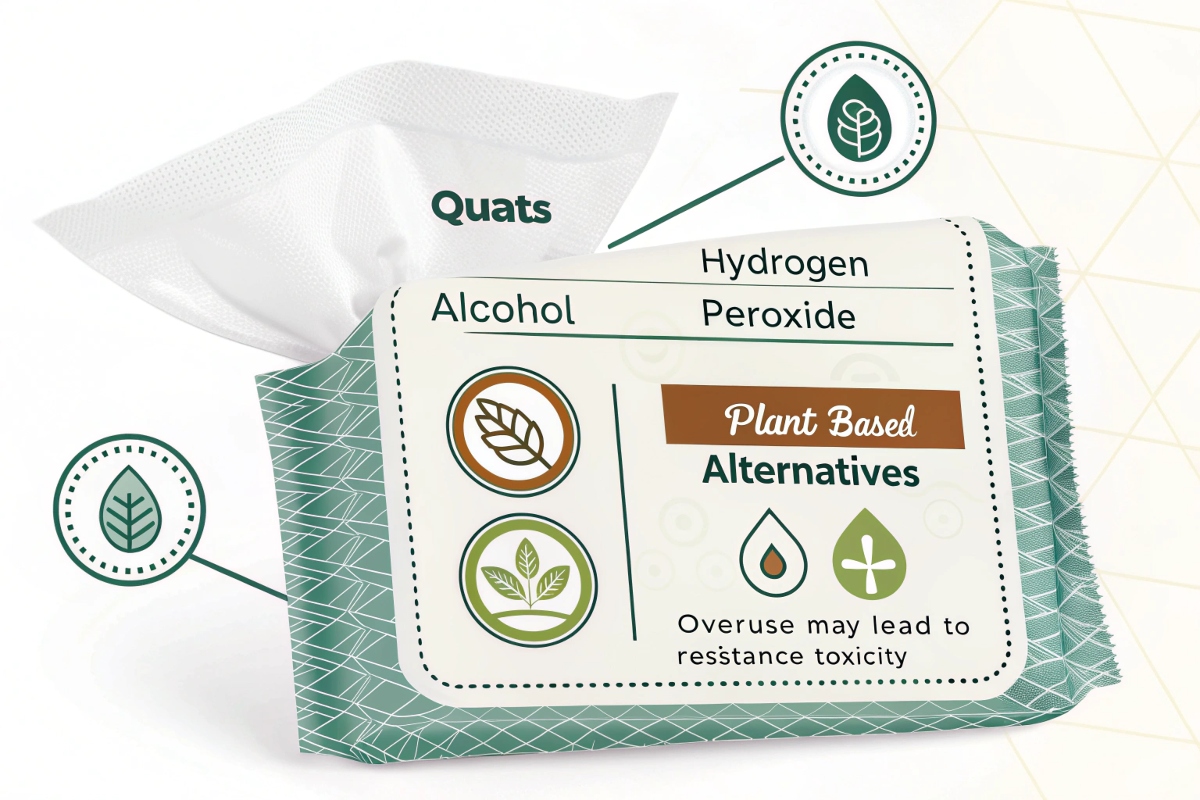
Active Ingredients
Here’s a breakdown of common actives:
| Ingredient | Common Uses | Pros | Cons |
|---|---|---|---|
| Quats (e.g. benzalkonium chloride)8 | Disinfectants, sanitizers | Long-lasting residue | Linked to asthma and resistance |
| Alcohol (ethanol, isopropyl)9 | Disinfecting wipes | Fast drying, kills viruses | Flammable, dries skin |
| Hydrogen Peroxide10 | Eco alternatives | Degrades to water, effective | Less stable, may bleach surfaces |
| Citric/Lactic Acid | Green cleaners | Safer, biodegradable | Slower action, less broad-spectrum |
Quats are under scrutiny for their role in encouraging antimicrobial resistance. Alcohols, while highly effective, evaporate quickly and require specific concentrations (usually 60–90%) to work. Newer green options are gaining popularity, but they often need longer contact times or multiple applications.
As demand for sustainable cleaning increases, expect to see more innovation in this area—but be sure to verify efficacy through proper certifications.
How do I choose the right wipe for my situation?
Choosing the wrong wipe can waste money—or worse, endanger lives.
Use disinfecting wipes in healthcare, sanitizing wipes in kitchens, and cleaning wipes for daily use. Special settings like childcare or COVID-19 outbreaks need extra caution.
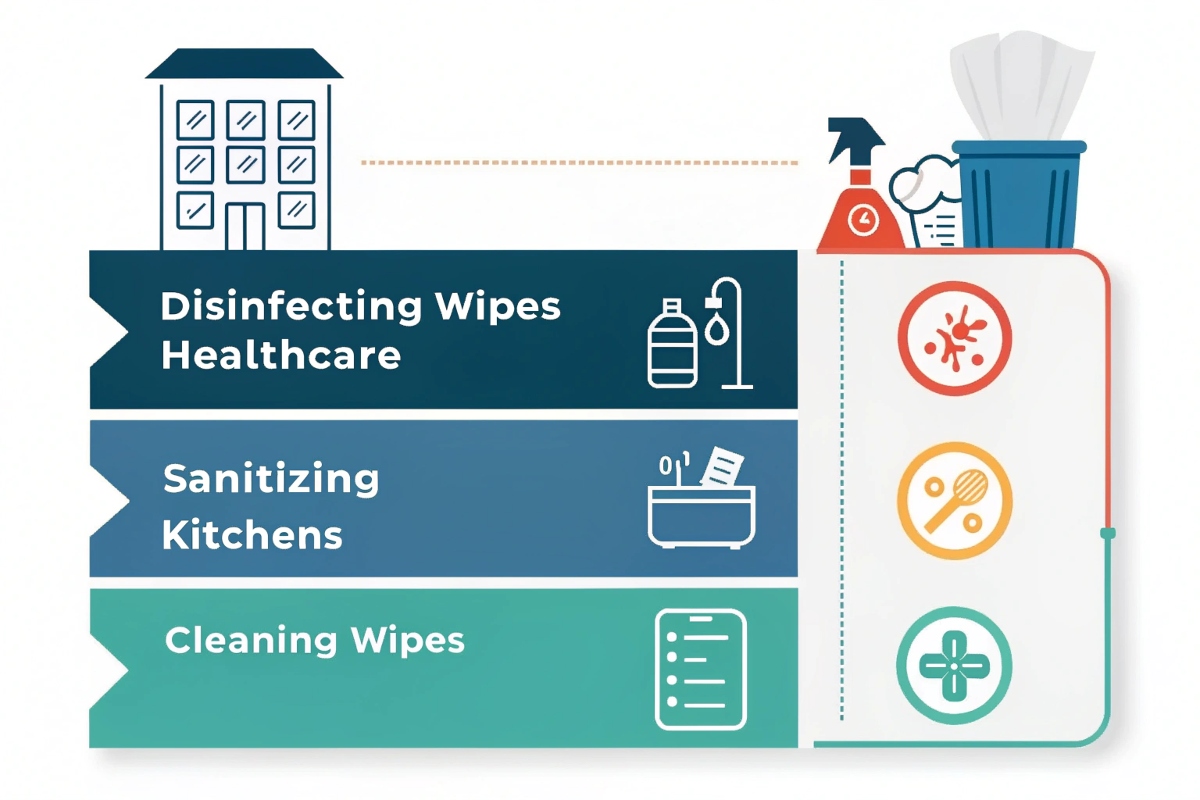
Application Scenarios
Here’s a scenario-based guide:
| Setting | Recommended Wipe Type | Why |
|---|---|---|
| Hospitals/Nursing Homes | Disinfecting Wipes | Kill dangerous pathogens |
| Food Service Areas | Sanitizing Wipes | Safe for surfaces with food contact |
| Schools/Daycares | Disinfecting + Cleaning | Control germs among children |
| Hotels & Hospitality | Cleaning + Sanitizing | Guest turnover, visible cleanliness |
| Homes (General Use) | Cleaning Wipes | Everyday dust and spills |
| COVID-19/Outbreak Zones | EPA List N Disinfectants | Verified virus elimination |
Each setting has different hygiene priorities. For example, in foodservice, you need EPA or FDA-approved sanitizers safe for contact with food. In a hospital, you need wipes with a proven track record against resistant bacteria. And for homes? You don’t need to over-disinfect. That could cause more harm than good.
Conclusion
Choosing the right wipes is about science, safety, and situation. Start with cleaning. Add sanitizing or disinfecting only when needed.
Elbert Zhao
Founder, ELBERT Wipes Solutions
📧[email protected] | 🌐 www.elbertwipes.com
8 production lines | 22 processing lines | OEKO-TEX certified | Walmart-approved supplier
-
Explore the benefits of cleaning wipes to understand their role in maintaining hygiene and safety in your environment. ↩
-
Learn how sanitizing wipes effectively reduce bacteria and their importance in preventing illness. ↩
-
Discover the critical differences between disinfecting wipes and other types, ensuring you use the right product for safety. ↩
-
Discover the significance of this reduction rate in ensuring the effectiveness of sanitizing products. ↩
-
Learning about wet contact time can enhance your cleaning practices and ensure maximum efficacy of disinfectants. ↩
-
Exploring the CDC’s guidelines can improve your cleaning routine and ensure thorough disinfection in your environment. ↩
-
Understanding the implications of these common ingredients can help you make safer choices for your health and the environment. ↩
-
Explore the implications of Quats in disinfectants, including their benefits and potential health risks, to make informed choices. ↩
-
Learn about the effectiveness of alcohol-based disinfectants, their proper usage, and safety precautions to ensure effective cleaning. ↩
-
Discover the advantages of Hydrogen Peroxide as an eco-friendly cleaner and its effectiveness in various applications. ↩

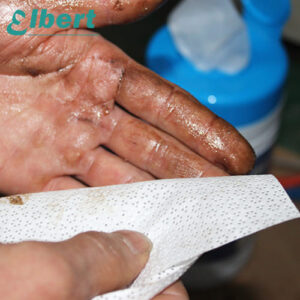
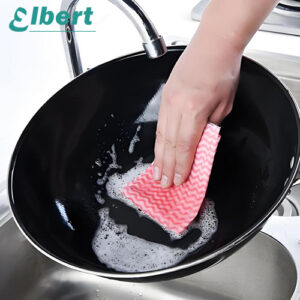
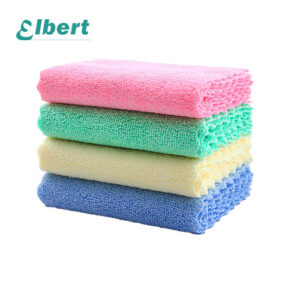
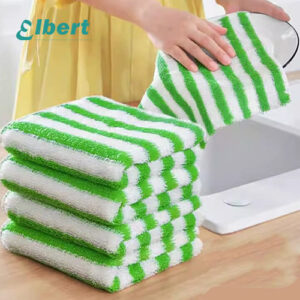

6 Responses
Je recommande vivement Ernestopro.fr pour tous vos besoins en lingettes de nettoyage et désinfection. Leur gamme de produits est innovante, sûre et adaptée à toutes les situations, que ce soit pour la cuisine, le bureau ou les zones sensibles. La qualité des lingettes et leur fabrication en microfibre garantissent une hygiène optimale. N’hésitez pas à consulter leur site pour découvrir des solutions fiables et efficaces. Ernestopro.fr est vraiment la référence pour un nettoyage intelligent et sécurisé.
Thank you for your comments!
Hi to every single one, it’s actually a nice for
me to visit this website, it includes priceless Information.
Appreciate you like it!
I don’t think the title of your article matches the content lol. Just kidding, mainly because I had some doubts after reading the article.
Appreciate you like it!